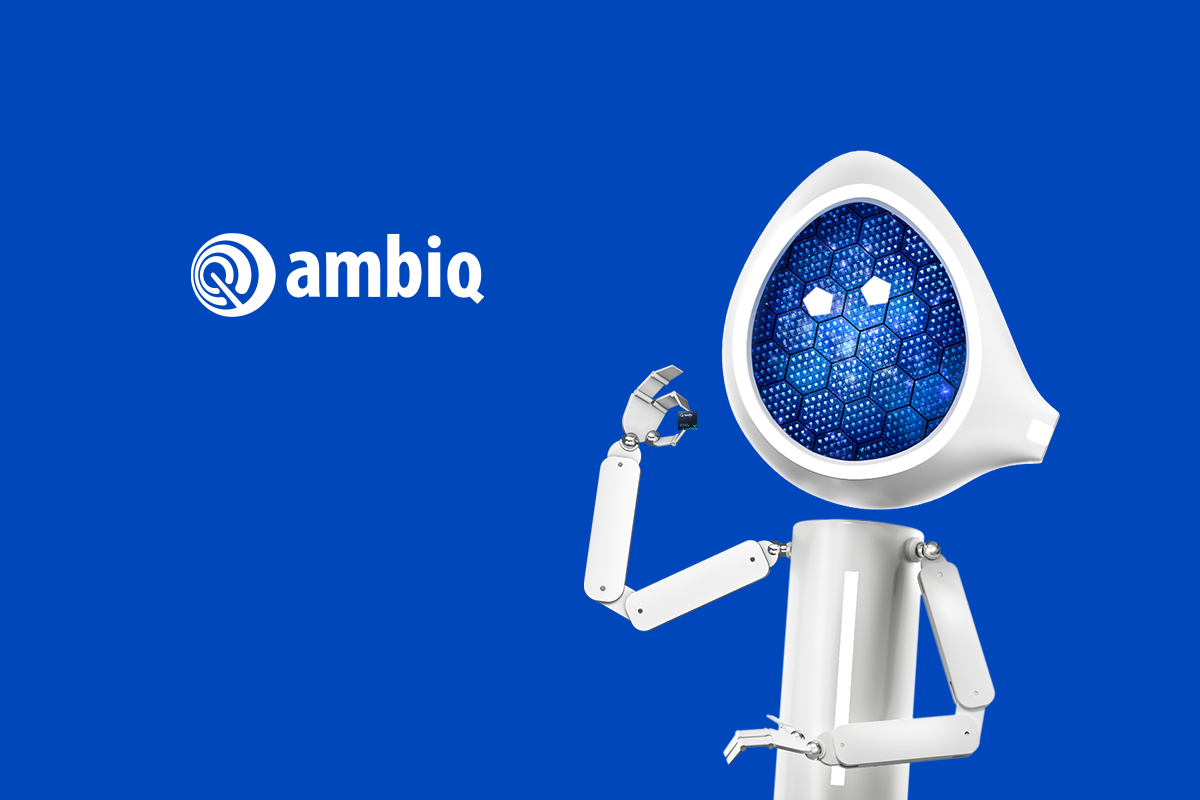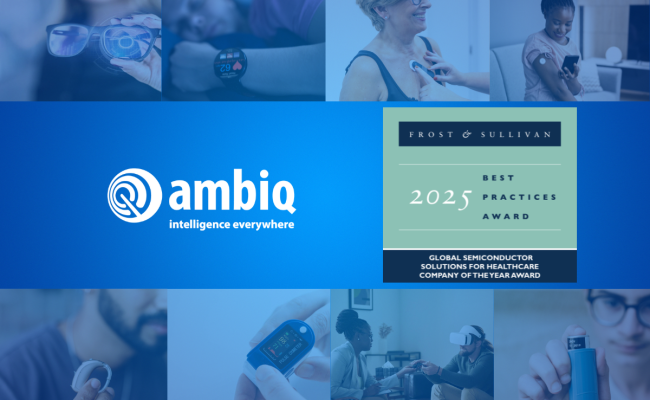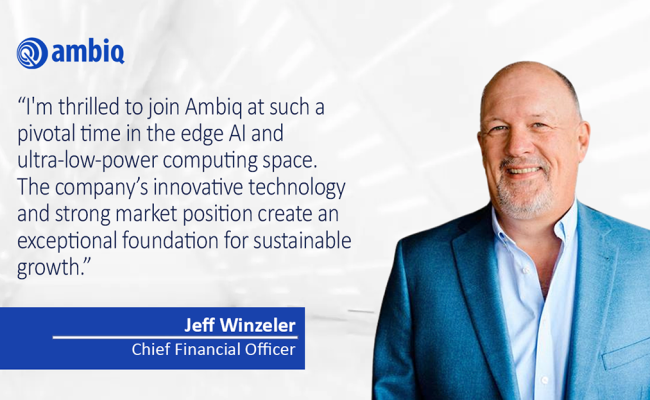
Austin, TX, July 7, 2025 — Ambiq Micro, Inc. (“Ambiq”), a technology leader in ultra-low-power semiconductor solutions for edge AI, today announced that it has filed a registration statement on Form S-1 with the U.S. Securities and Exchange Commission (the “SEC”) relating to the proposed initial public offering of its common stock. The proposed offering is subject to market and other conditions and there can be no assurance as to whether or when the proposed offering may be completed. The number of shares of common stock to be offered and the price range for the proposed offering have not yet been determined. Ambiq intends to apply to have its common stock listed on the New York Stock Exchange under the symbol “AMBQ.”
BofA Securities and UBS Investment Bank will act as joint lead book-running managers for the proposed offering. Needham & Company and Stifel will act as joint book-running managers for the proposed offering.
The proposed offering will be made only by means of a prospectus. When available, copies of the preliminary prospectus relating to the proposed offering may be obtained by contacting: BofA Securities, NC1-022-02-25, 201 North Tryon Street, Charlotte, North Carolina 28255-0001, Attention: Prospectus Department, or by email at dg.prospectus_requests@bofa.com or UBS Securities LLC, Attention: Prospectus Department, 1285 Avenue of the Americas, New York, New York 10019, by telephone at (888) 827-7275 or by emailing ol-prospectus-request@ubs.com.
A registration statement relating to these securities has been filed with the SEC but has not yet become effective. These securities may not be sold, nor may offers to buy be accepted, prior to the time the registration statement becomes effective. This press release shall not constitute an offer to sell or the solicitation of an offer to buy these securities, nor shall there be any sale of these securities in any state or jurisdiction in which such offer, solicitation or sale would be unlawful prior to registration or qualification under the securities laws of any such state or jurisdiction.
About Ambiq
Ambiq’s mission is to enable intelligence (artificial intelligence (AI) and beyond) everywhere by delivering the lowest power semiconductor solutions. Ambiq enables its customers to deliver AI compute at the edge where power consumption challenges are the most profound. Ambiq’s technology innovations, built on the patented and proprietary sub-threshold power optimized technology (SPOT®), fundamentally deliver a multi-fold improvement in power consumption over traditional semiconductor designs. Ambiq has powered over 270 million devices to date.
Contact:
Charlene Wan
VP of Corporate Marketing and Investor Relations
cwan@ambiq.com
Read Article in: Japanese | Simplified Chinese | Traditional Chinese


